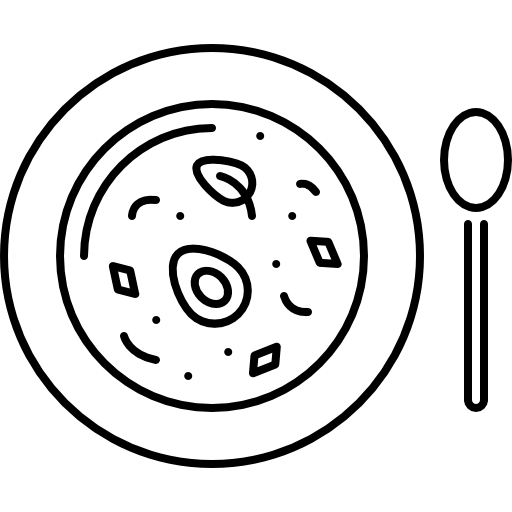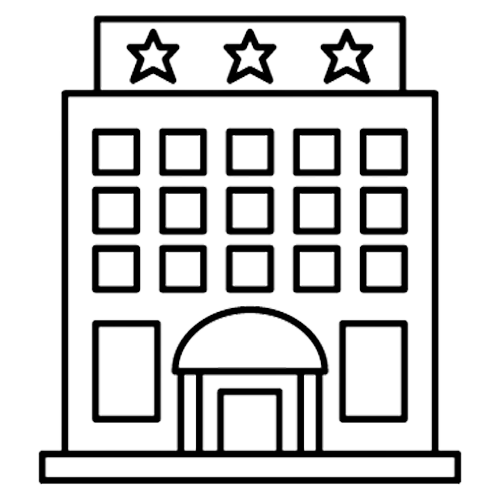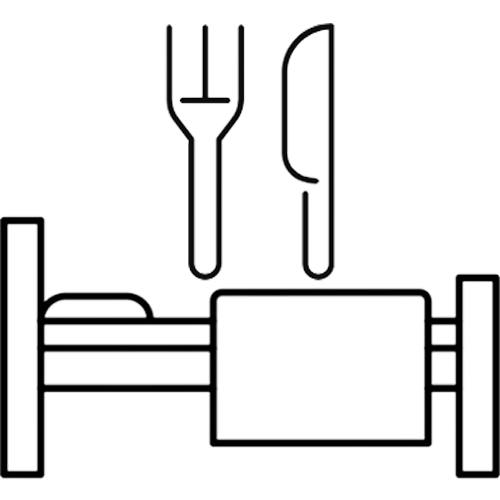Katyčiai is a small town located next to the river Šyša, one of the oldest towns in Šilutė District Municipality with well-preserved architecture. Katyčiai belonged to the Grand Duchy of Lithuania according to the Treaty of Melno in 1442. Since 1555 it has belonged to Prussia. In the 18th century, large markets were held here. In the 18th and the first half of the 19th centuries, plague and cholera epidemics killed many local inhabitants in Katyce. They were replaced by German colonists. In 1861, Germans made up 80% of the local population. In 1905, 30% of the population of Katyčiai was Lithuanian. After the Klaipėda Uprising, Katyčiai was given to Lithuania. At the end of the Second World War, many of the Germans who had lived in Katyčiai left for the West and were replaced by newcomers from various parts of Lithuania.
Katyčiai is decorated with an old Evangelical Lutheran church. The church was built in 1734 with a wooden tower, made of stones and bricks, next to the old cemetery. In 1801, the church tower was blown down in a strong storm. In 1894, the Katyčiai church was once again completely rebuilt and repaired. Then it took on a strict rectangular shape, and the wooden tower was reinforced, ending with a tent-like canopy. The wooden tower had three bells, one of which was given to the church by Queen Louise of Prussia. The three bells continued to ring until 1955.
In 1926, a water mill was built in Katyčiai, which supplied the town with electricity for some time after the war. The building is currently in a state of disrepair and in need of renovation.
Next to the church, at the crossroads of Degučiai, Stubrių and Mediškiemiai roads, there is a market square with trading rows, which was paved with stones in 1906. The distinctive market square was built up with ornate stone buildings of 1-3 storeys. In the post-war years, the surrounding farmsteads were completely destroyed and the old stone buildings decayed.
After 1990, Katyčiai continued to decline. During independence, the three-storey houses in the market square were abandoned and later demolished. Only in 2005 was the historic part of Katyčiai included in the Register of Cultural Heritage of the Republic of Lithuania without any indication of its value. Even after many years, the town has retained many German features. It is a peculiar and interesting place where you will see something unique. Katyčiai has been called Kotyca, Koadjuthen, Koadjuten, Coadjuthen, Kottiten throughout its history.
Katyčiai
Paskutinį kartą redaguota: 2023-12-19







































